
Red Hat Enterprise Linux 10 arrives with AI assistant and post-quantum security
Red Hat has just taken the wraps off Red Hat Enterprise Linux 10, and honestly, there’s a lot for the Linux community to get excited about. You see, this new version brings some real substance, pushing enterprise Linux in directions that truly matter for today’s IT world.
First and foremost, there's Lightspeed -- the new AI-powered assistant baked right into RHEL 10. Instead of spending all day searching for answers or poking through documentation, admins can simply ask questions directly from the command line and get real-time help. This is the kind of smart, hands-on support that can actually make life easier, especially for those just getting started or managing sprawling environments.
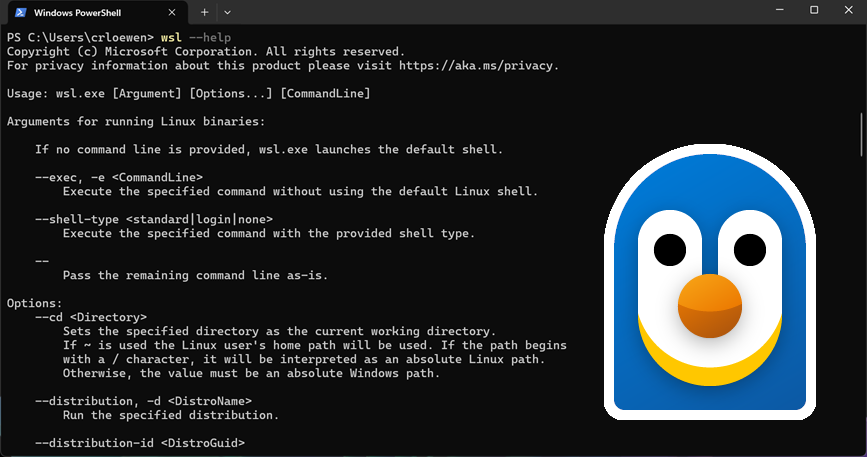
Microsoft open-sources WSL to give developers control over Linux on Windows
Well, it finally happened, folks. Microsoft has open-sourced the Windows Subsystem for Linux (WSL), giving developers full access to its code on GitHub! Yes, after nearly a decade of closed development and repeated requests from the community, the company has handed over the keys -- inviting coders to inspect, improve, and contribute to the very core of how Linux runs on Windows.
This isn’t some half-baked gesture, either. Microsoft has released the core WSL package (the components that power WSL 2) under an open source license. This includes command-line tools like wsl.exe, background services, init processes, networking daemons, and the Plan9-based file sharing system. You can now build WSL from source, fork it, or pitch in directly on GitHub.
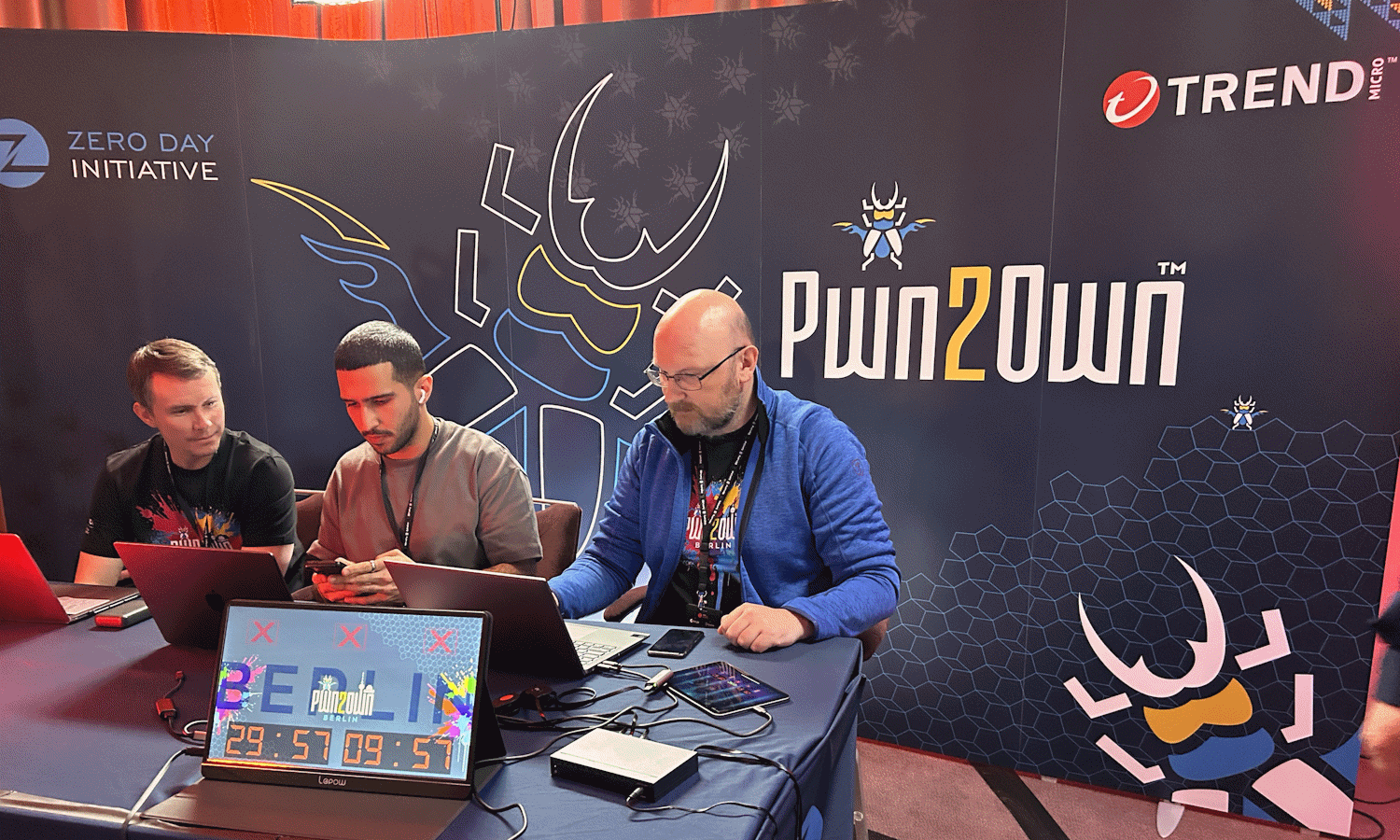
Windows 11 hacked multiple times by security researchers at Pwn2Own Berlin 2025
As part of its Zero Day Initiative (ZDI), Trend Micro is holding its first Pwn2Own event in Berlin. The three day event sees security researchers testing and breaching the security of various systems, including Windows 11 and Linux.
With big money on offer, there is a great incentive for researchers to unearth vulnerabilities and show how they can be exploited. And this is precisely what happened with Widows 11; the operating system was pwned multiple times on the first day of the event, and there will be many more attempts made before it is over.

Your Linux apps could be leaking data -- oniux is built to stop it
A new tool called oniux has landed for Linux users who take their privacy very seriously. If you want to make sure your apps never leak data outside of the Tor network, oniux could be your new favorite command-line utility.
Oniux takes any Linux app and drops it into its own isolated network environment. From there, the app can only connect to the internet using Tor. This isn’t a trick with proxy settings or patched libraries. It uses actual features built into the Linux kernel, giving it a level of protection that’s hard to beat.
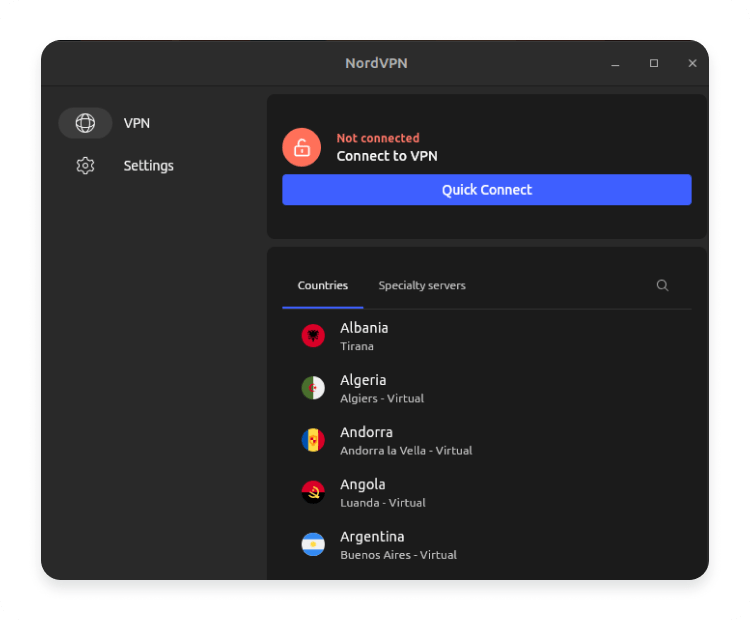
NordVPN finally gets a proper GUI on Linux
For years, NordVPN made Linux users live in the terminal. Sure, the command-line interface technically worked, but let’s not pretend it was ideal for everyone. Meanwhile, competitors like Surfshark and ExpressVPN had already given their Linux users full graphical interfaces. Now, NordVPN has finally caught up by launching its very own GUI for Linux.
So, what exactly does this mean? Well, instead of typing in commands, users can now click their way through connection options, settings, and even theme preferences like light or dark mode. This will arguably make using the service on Linux much easier.
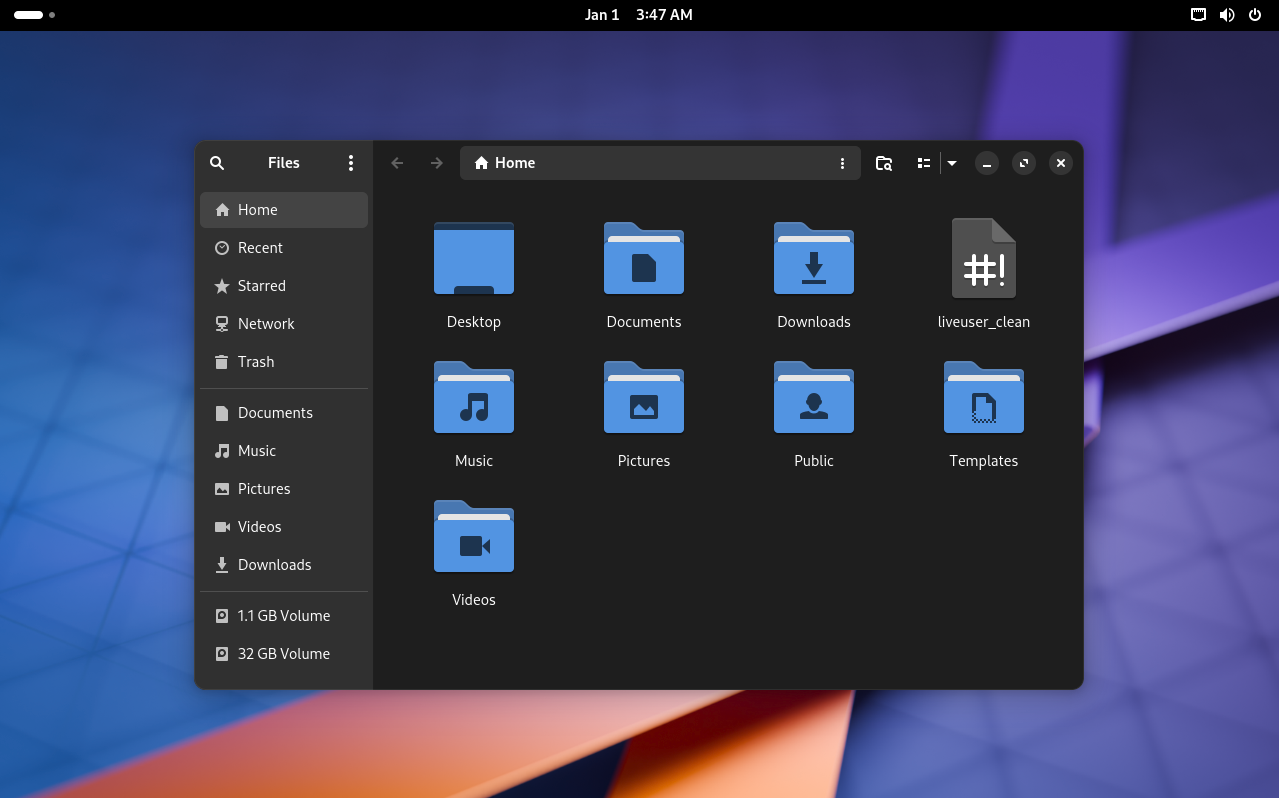
Nobara 42 ditches Firefox for Brave while becoming the friendliest Fedora-based Linux distribution ever
The latest version of Nobara has officially landed, and it’s packed with many thoughtful changes that continue to make it one of the most user-friendly Linux experiences around. With version 42, the Fedora-based distribution receives GNOME 48, KDE 6.3.4, Nvidia driver version 575.144, and Linux kernel 6.14.6.
One of the most noticeable changes, however, is the web browser switch. Firefox is surprisingly out, and Brave is now the default. That might sound controversial at first, but there’s actually solid reasoning behind it.
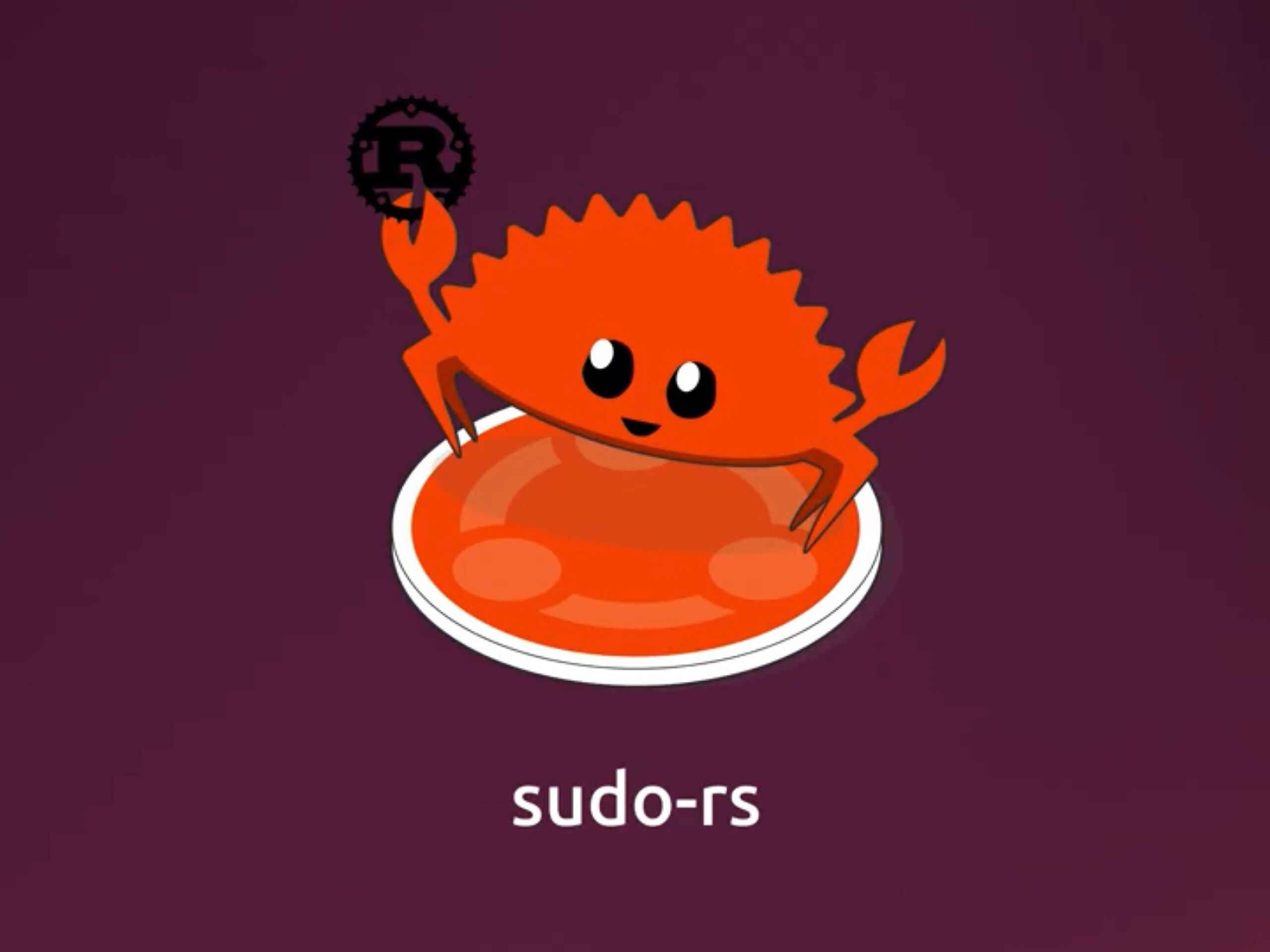
Ubuntu Linux swapping classic sudo for Rust-powered sudo-rs
Canonical is making a huge change in Ubuntu that longtime Linux users might not expect (or like). You see, beginning with the upcoming Ubuntu 25.10, the popular Linux distribution will begin the process of ditching the classic sudo tool in favor of a modern reimagining called sudo-rs. This change is more than a simple code swap -- it’s a sea change in how privilege escalation is handled on Linux, with a clear focus on security and long-term sustainability.
So what exactly is sudo-rs? Well, as the name implies, it’s a new implementation of the familiar sudo command, but this version is written entirely in Rust -- a programming language known for its strict memory safety and reliability. If you’re worried about compatibility, don’t panic; sudo-rs is designed as a drop-in replacement for the original. For most users, it will just work.
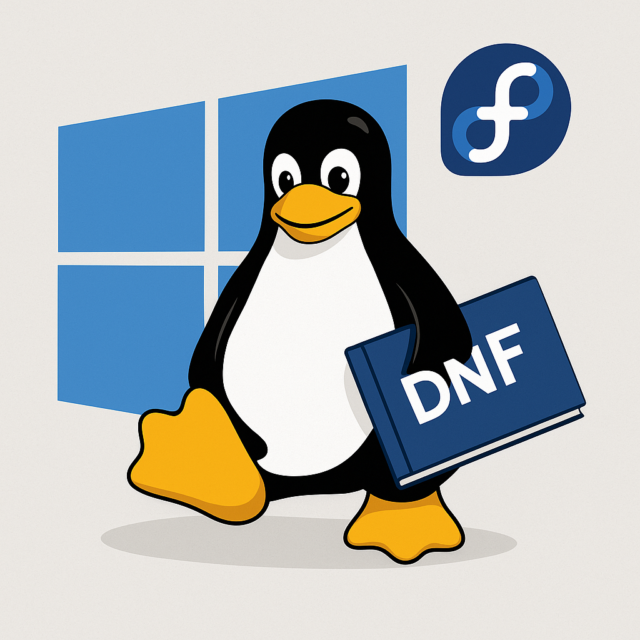
Microsoft finally makes Fedora an official Windows Subsystem for Linux (WSL) distribution
Well, it has finally happened. Fedora Linux is now officially available as a Windows Subsystem for Linux (WSL) distribution! That’s right, folks, following prior testing, you can now run Fedora 42 natively inside Windows using WSL. As someone who considers Fedora to be my favorite Linux distribution, this is a pretty exciting development.
Installing it is simple enough. Just open up a terminal and type wsl --install FedoraLinux-42 to get started. After that, launch it with wsl -d FedoraLinux-42 and set your username. No password is required by default, and you’ll automatically be part of the wheel group, meaning you can use sudo right out of the gate.

Say 'no thanks' Microsoft Windows 11 and 'yes please' to AnduinOS 1.3
With Windows 10’s end of life looming, users are beginning to consider their next steps. In the past, upgrading to the latest Windows release might have been the obvious path, but Windows 11 -- with its tighter hardware requirements, bloat, problematic updates, insistence on a Microsoft account, and an increasing focus on unwanted AI features -- may no longer be the first choice for many.
Thankfully, Windows 11 isn’t the only game in town. Several Linux operating systems have been developed to appeal to Windows users looking to jump ship. AnduinOS is one such distribution, combining the familiarity of Windows 11 with the power of Ubuntu, and it's just been updated to version 1.3.0.
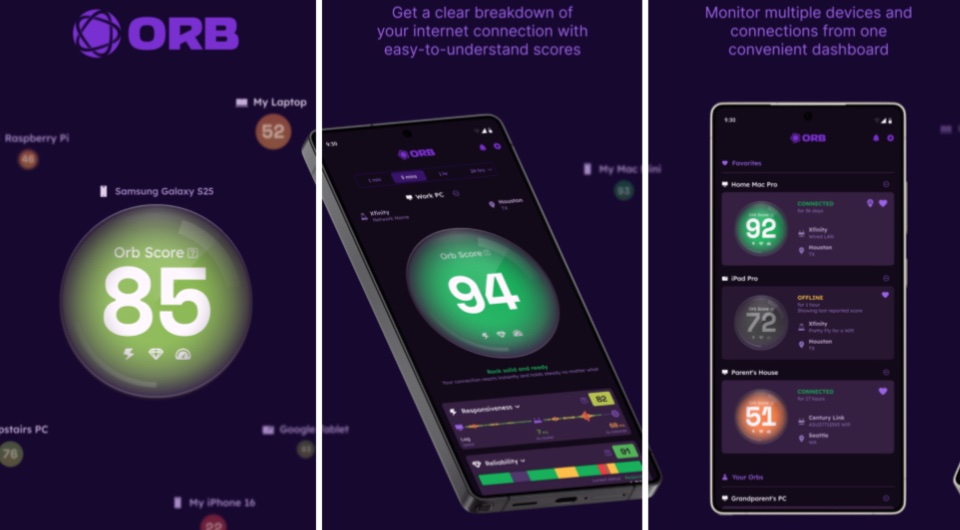
Orb shows how fast and reliable your internet connection really is -- available on all major platforms
When it comes to checking your internet connection, many people still turn to old-fashioned speed tests. You get rated with a number or grade, maybe feel good about it, and move on. But the truth is, those numbers don’t tell the whole story. That’s where Orb comes in -- a brand-new app that promises a real look at how your internet actually performs day to day.
Orb was built by some familiar names. Doug Suttles and Jamie Stevens, who helped create Speedtest and Downdetector, are leading the project, along with a group of former Ookla and Fastly veterans. It’s safe to say they know a thing or two about internet performance.

Kali Linux users warned that updates are likely to fail for a few days
Showing that it is not just Windows 11 that has issues with updates, Offensive Security has issued a warning that Kali Linux updates are likely to fail “in the coming days”.
The Linux distro has proved an important tool in penetration testing, acting as a valuable security tool for many users. The team behind Kali Linux says that “pretty much every Kali system out there will fail to update”, and it bears full responsibility: “This is not only you, this is for everyone, and this is entirely our fault”. But there is a solution.
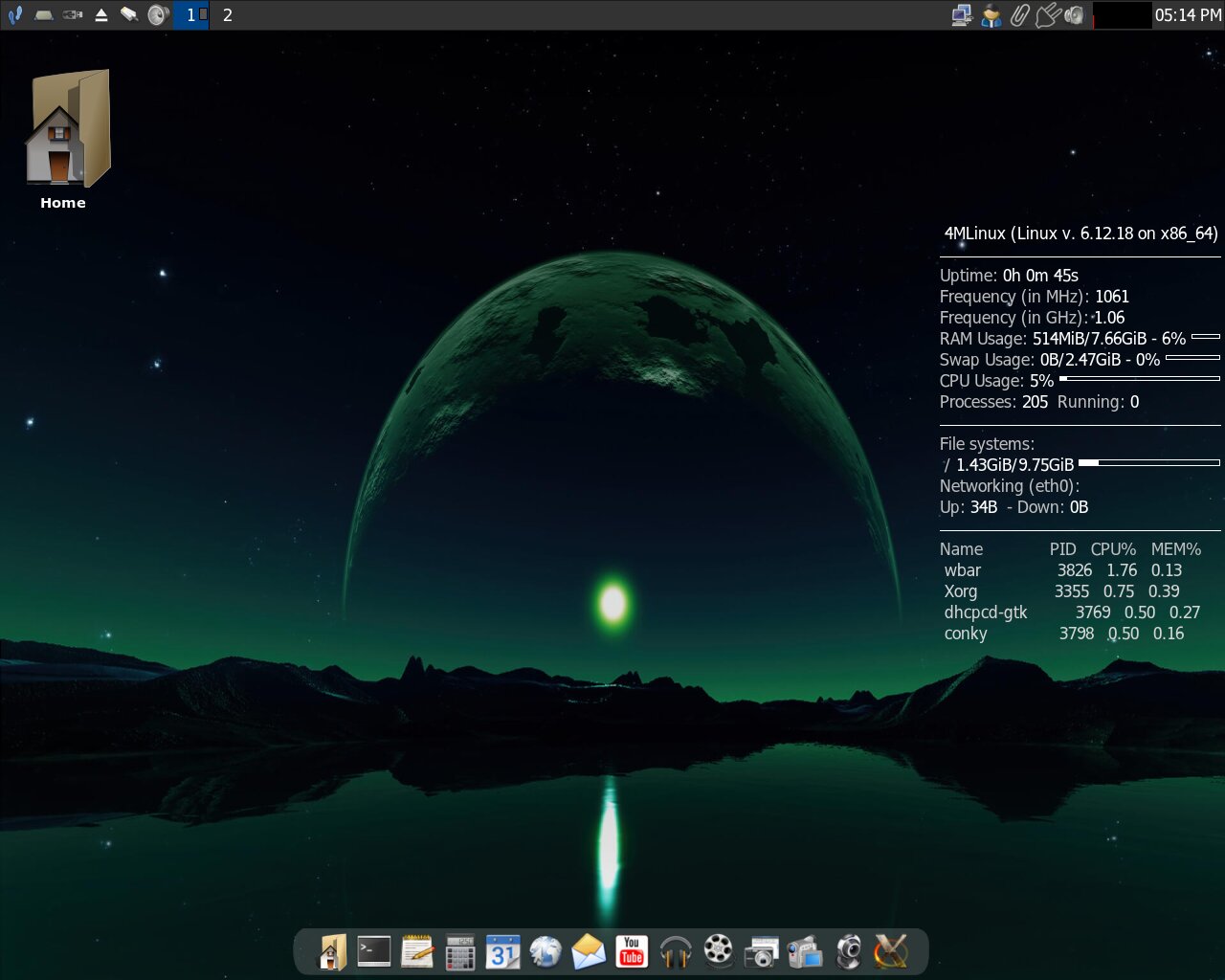
Install 4MLinux 48.0 to breathe new life into your old computer
Let’s be honest, y’all -- it is pretty easy to feel overwhelmed by everything going on these days. Bad news seems to hit from every direction, leaving many people feeling helpless or anxious. But believe it or not, there is a simple, satisfying way to take back a little bit of control -- by breathing new life into an old computer with a refreshing Linux distribution such as 4MLinux.
You see, the new 4MLinux 48.0 series has officially been declared stable (download here), and it brings a whole lot to the table for such a lightweight operating system. Whether you want to write documents in LibreOffice 25.2 or GNOME Office (featuring AbiWord 3.0.5, GIMP 2.10.38, and Gnumeric 1.12.59), this little distro has you covered. Browsing the web is easy too, with both Firefox 137.0 and Chrome 135.0 ready to roll. Thunderbird 128.9 is there if you still prefer handling email the old-fashioned way.

Brave open sources Cookiecrumbler to make cookie consent blocking smarter
Brave just made a move that should make privacy enthusiasts pretty happy. The company has officially open sourced Cookiecrumbler, a tool designed to automatically detect and help block those obnoxious cookie consent banners you see across the Web. These pop-ups are not only annoying but, according to research, often track users even when they click reject. Cookiecrumbler aims to stop that nonsense while avoiding the headaches that can come with sloppy blocking rules.
Lately, Brave has been my go-to web browser. It’s open source, cross-platform, and runs beautifully on Linux, which I appreciate as a Linux fan. Even better, it handles ad-blocking on iOS -- something many other browsers don’t offer. And perhaps most importantly, it does all of this without relying on Google.

Never mind Windows 11, Commodore OS Vision 3.0 is the retro-inspired OS you didn't know you needed -- download it now!
We regularly suggest operating systems to consider if you’re feeling disillusioned by Windows 11, and judging by their popularity, Microsoft should be concerned by just how many people are looking to jump ship.
Commodore OS Vision has just been updated to version 3.0, and it’s a major overhaul. The Linux-based operating system offers the modern features you’d expect, but with a retro twist. It’s also packed with classic Commodore content that will appeal to anyone who owned one of those systems in the past.

Hackers can now bypass Linux security thanks to terrifying new Curing rootkit
Most Linux users assume their security tools will catch bad actors before damage is done -- but sadly, new research suggests that confidence may be misplaced. You see, ARMO, the company behind Kubescape, has uncovered what could be one of the biggest blind spots in Linux security today. The company has released a working rootkit called “Curing” that uses io_uring, a feature built into the Linux kernel, to stealthily perform malicious activities without being caught by many of the detection solutions currently on the market.
At the heart of the issue is the heavy reliance on monitoring system calls, which has become the go-to method for many cybersecurity vendors. The problem? Attackers can completely sidestep these monitored calls by leaning on io_uring instead. This clever method could let bad actors quietly make network connections or tamper with files without triggering the usual alarms.
